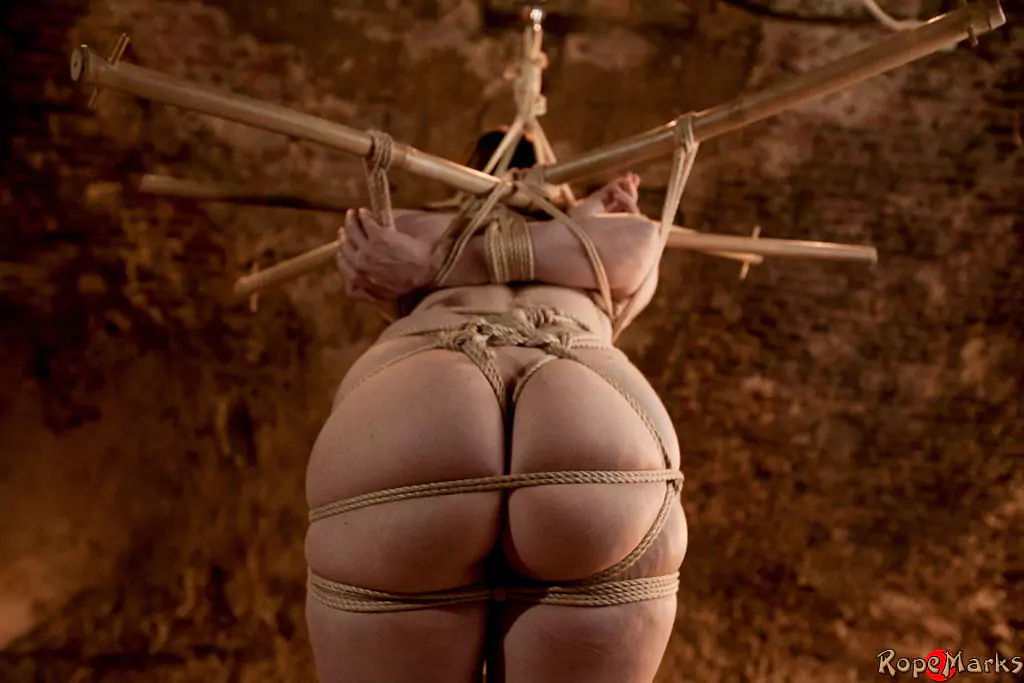Do you know the origin of Shibari? The word is probably familiar to you: those beautiful and apparently difficult bindings that some people use as part of the plays of bondage of BDSM? So it is.
In addition to the increasing popularity of learning these “knots” for, let's say, domestic practice, there are several artistic movements and photographic essays that bet on the art of eroticism with moorings. The technique originated in Japan, and similarly migrated to the West spontaneously.
What few people know is that, originally, it served to tie prisoners. Similarly, the technique can also be called Kinbaru, especially when related to sexual practice.
In today's post, we're going to talk a little more about the origin of the term and how it became what it is today: a sexual and artistic practice that, with dedication, everyone can learn.

The meaning of Japanese practice has changed over the centuries. Image: pornpics.com
The Japanese rope binding technique Shibari or Kinbaku is derived from the martial art Hojojutsu of the Edo period (1600-1800 AD). In short, it was used by samurai to bind and restrain prisoners with rope. The ethics of the samurai was based on honor, that is, a type of treatment that guarantees the dignity of both their acts and that of other people.
Thus, prisoners also received treatment that befitted their honor. Warriors were imprisoned with bindings that distinguished them by status and class of crime committed. In this way, the samurai carried out the correct bindings and the prisoners underwent public humiliation - the meaning of the bindings was public knowledge. Finally, they were punished with imprisonment, banishment or execution.
Shibari literally means "to bind". Kinbaku is the Japanese word used for bondage, that is, when these bonds have a sexual objective. Kinbaru can also be translated as "beautiful bondage".
In the mid-1990s, Kinbaku became popular in the West under the name Shibari. Some scholars point out that this was due to the sound of the word and greater ease of pronunciation by non-Asian countries.
In Japan, there is a long tradition with binding techniques, as a result, they are passed down from master to disciple. Everything is done under strict rules: types of tying, aesthetics, order of knots, as well as a whole ritual during the process. For example, restriction of hand movements is one of the most important points of Shibari.

The Shibari technique can also be called Kinbaru (beautiful bondage). Image: pornpics.com
The Japanese themselves realized the sensual possibilities of bindings – and even gave the practice a new name (Kinbaru). Playing physical restraint with emotional shame is part of what we now call BDSM. Of course, once the practice became known to some of the members of this group, it would spread fairly easily. And that's what happened.
It is not known for sure how Shibari became popular in the West, but after the 1990s, its practice expanded considerably from Europe to American countries. Currently, Japanese lashings are one of the darlings of the bondage world. This is mainly due to the technique mixing the artistic side with the sexual side, which is very pleasing to its practitioners.

More and more bondage practitioners join Shibari. Image: pornpics.com
What did you think of all these curiosities about the origin of Shibari and Kinbaru? We love!